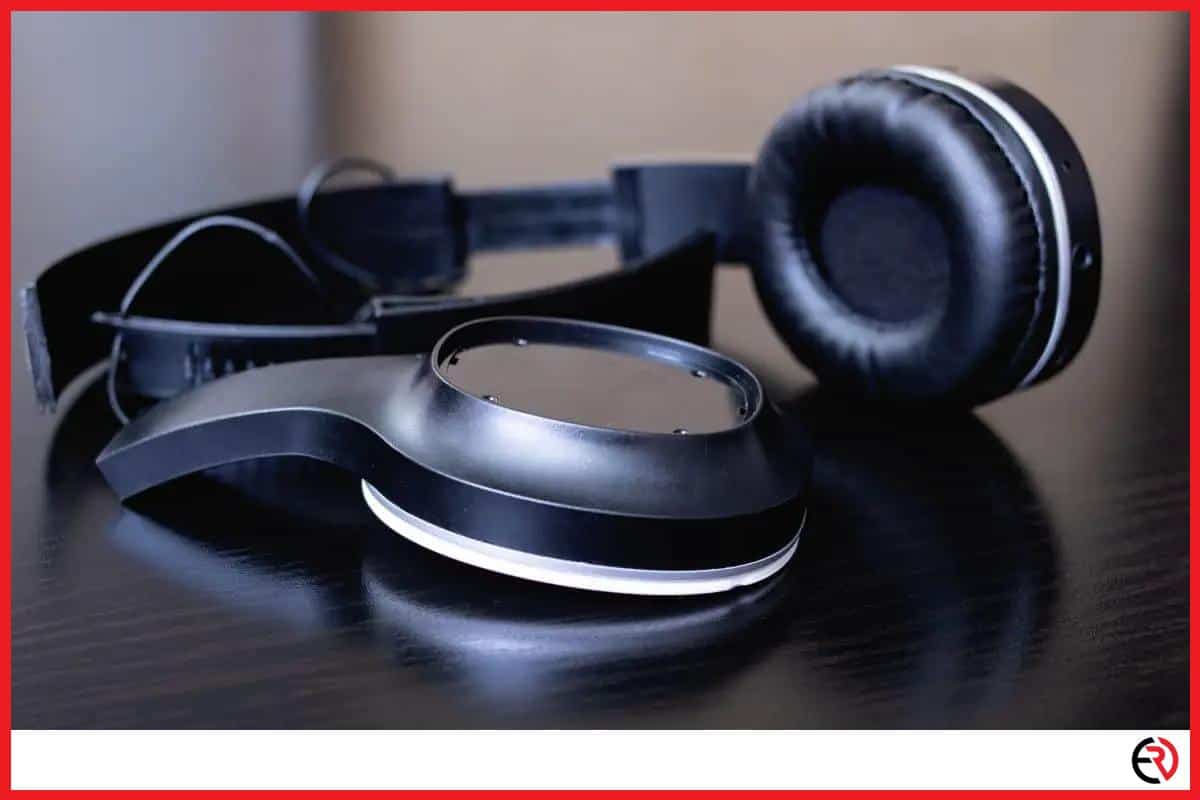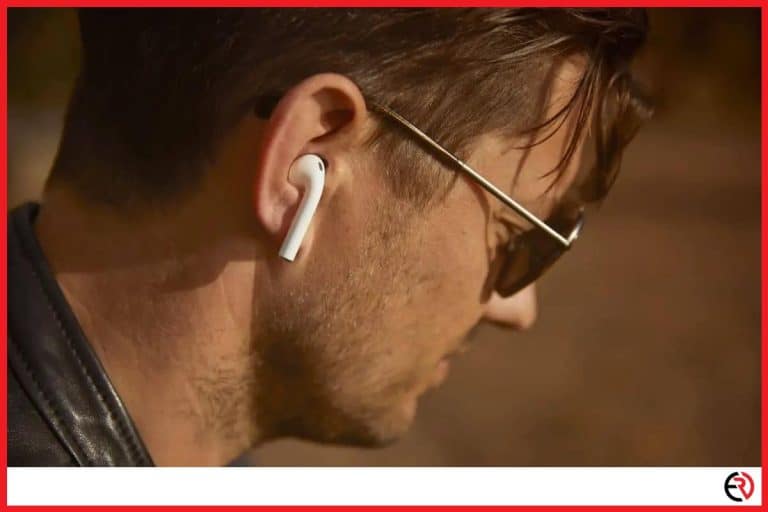How Long Should a Headset Last? (Tips to increase the lifespan)
This post may contain affiliate links which means that, if you choose to make a purchase, I may earn a small commission at no extra cost to you.
Like every other thing you own, your headset isn’t supposed to last forever. I can’t count the number of headphones, earphones, and headsets I’ve owned over the years. While some of them are still part of my collection, others have ended up in the trash.
A decent headset should last you for 3 to 5 years and high-quality headsets should last you well over a decade. However, the life of your headset depends more on how you use and care for it.
A lot of factors dictate the life of your headset and how you use or maintain it plays a major role. Before we learn about headset care, let’s check out the primary factors that decide the lifespan of your headset.
What are the factors your headset’s lifespan depends on?
Your headset’s lifespan depends on the following parameters:
1. Material – A headset consists of a headband, earcups, wires, cushions, and other such components. Very high-quality headsets and headphones would have some metal parts for the earcups and frame. For instance, the AirPods Max has metal adjustment sliders and ear cups on them. However, the use of plastic is on the rise to reduce the weight of the headsets.
However, the plastic needs to be robust and high quality. For instance, you won’t find any metal on my Sony WH-1000XM4 wireless headphones. However, they are made from premium quality plastic that has a nice feel and assures you of the material’s strength. I have checked them on my desk, coffee table, and other hard surfaces numerous times and it hasn’t given up on me, yet. A headset with good quality materials would last you for a long time.
2. Build Quality – A good quality headphone also goes through rigorous checks and advanced manufacturing techniques and is tested extensively before it becomes a final product. It won’t have any wobbly parts, squeaky hinges, flimsy spin on the earcups, or a finish that comes off with blunt nails. Headsets with high build quality tend to last longer.
3. Cables – The sound quality of wireless headsets have been increasing over the years. However, you can find a better-sounding wired headset for the same price. If you opt for a wired headset, you need to make sure that it has thick wires with robust protection so that it doesn’t snap or get damaged with daily wear and tear. The wire also needs to have some sort of flexibility or tangle-free design to minimize damage.
4. Price – “You get what you pay for”, this quote has been true since time immemorial. If you cheap out on the price tag, you should expect a subpar quality headset that is looking for an excuse to break. I’m not saying you shouldn’t listen to music if you can’t afford headsets that cost half a grand. However, a $20 headset would sound and feel like the price and wouldn’t last very long. Save up for a decent pair of headsets instead of buying the cheapest option on the market.
What can you do to preserve your headphones for a long period?
While cheap headsets would break at the first opportunity, even the most expensive headsets won’t last long without proper care and maintenance. Here’s how you can make your headsets, headphones, and earphones last for a long time:
Don’t play with the cord, let it dangle or roll it over
Wired headsets have pretty long cords. My Audio Technica ATH-M50X comes with a very long cable that can stretch up to 10 feet. Manufacturers ship long cables with wired headsets so that you can have easy access and route the cable for connecting to almost any type of source.
However, that can also become a problem if you let the cord dangle, get kinks, and in the worst case, get rolled over by the caster wheels of your chair. Good quality cables can cost anywhere from $30 to $100 and can be very expensive to replace. Moreover, if your headset comes with a crappy design with a permanently attached cable, that headset becomes useless.
A long cable length also tempts you to play around with the cord while you’re listening to music or watching a movie. I don’t even realize when I start playing with the cord and expose it to needless stress and tension. The problem is worsened if you start tying knots to the cord while packing your headset for travel.
Here’s how you wrap audio cables for travel or storage:
- Hold one end of the cable in one hand and feel for the natural coiling of the cable as you bring it in a loop.
- When you feel the natural coiling, put them together and let the cable hang freely.
- When you repeat the above-mentioned step, at some point, the cable is going to go against the grain and try to coil in another direction
- You need to follow the cable and flick the cord with your wrist in that direction so that when you put the new loop together, the cable goes under and sits perfectly loose.
- The next loop is achieved regular over motion, while the loop after that goes under with the flick of the wrist
- You keep repeating this over-under-over motion till you cover the length of the cord
Travel with a case
Your headsets deserve respect and tossing them into your backpack isn’t the way. I’ve lost hundreds of dollars on damaged headsets and earphones that were tossed in my backpack during travel.
I stopped losing money and my precious headphones when I bought a hardshell case for them. Unlike soft headphone carrying pouches that ship with your headset, these cases are robust with a solid shell on the outside to protect your headsets. They also have sufficient cushioning inside them to protect your headset from bumps and shocks while you travel.
Keep away from water and clean the filth
Electricity and water are lifelong enemies. They don’t do well together and can fry up all kinds of electronic devices, from smartphones and laptops to headphones.
If you listen to music, sweat is a huge problem. The problem is intensified when you run or exercise with your headsets. Even if they come with a high IP rating, at the end of the way they are water-resistant, not waterproof. Let the YouTubers do the liquid and durability tests. Don’t use your headset in the shower or rain and clean them thoroughly after a workout session.
You also need to clean your headphones, earphones, and headsets regularly. The cushion on headphone ear cups gets filthy from your sweat while earphones collect an absurd amount of earwax. With earwax buildup, airflow is restricted and you get poor sound quality. Apart from that, there is the risk of ear infections and all sorts of diseases.
Conclusion
Headsets can last for a very long time if you buy the right model and take proper care. A few of my headphones are over a decade old and still sound amazing. Some parts like the ear cup and headband cushions were replaced, but everything else is in stock condition. I hope this article helps you preserve your headset for a long time.








